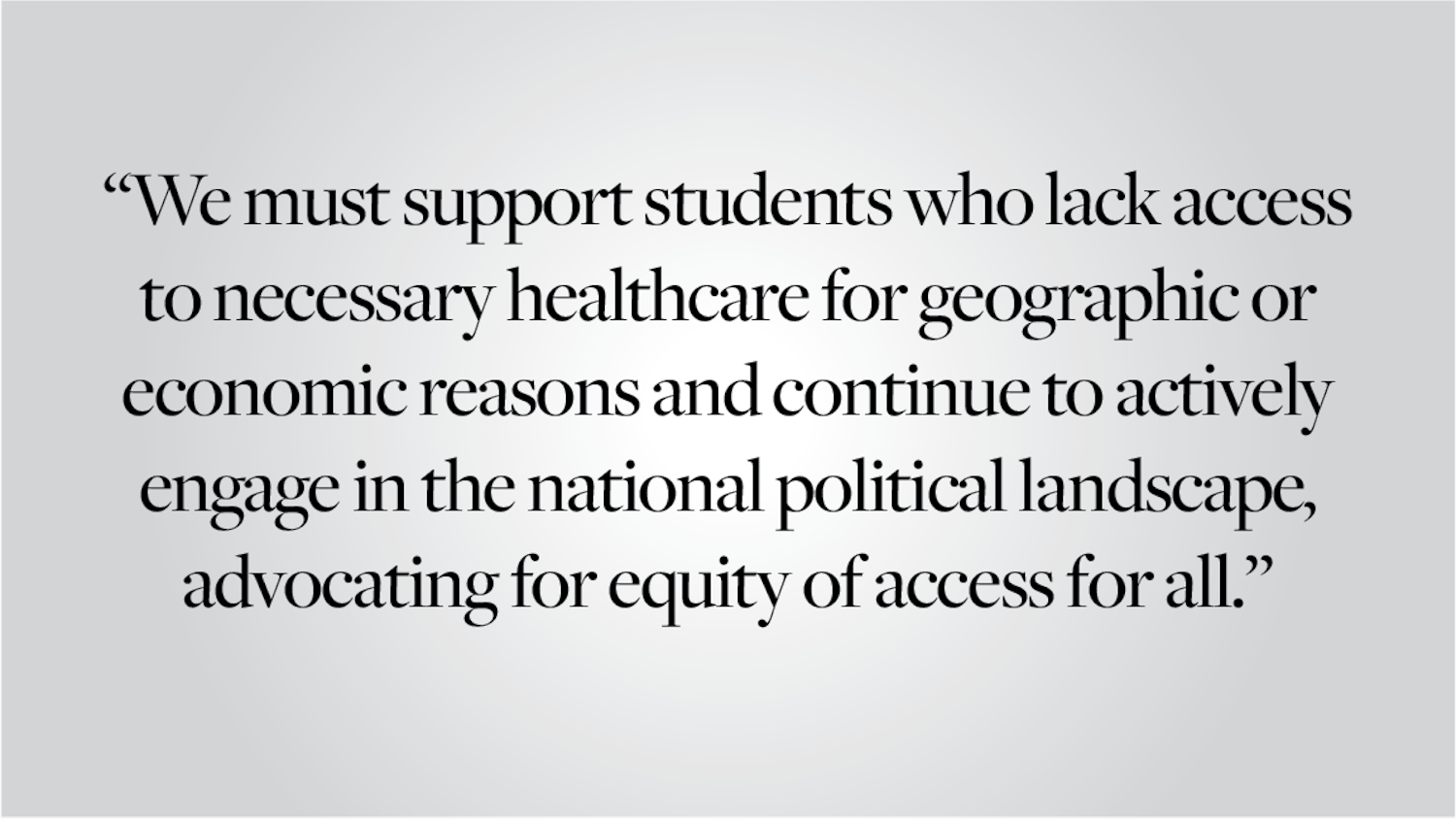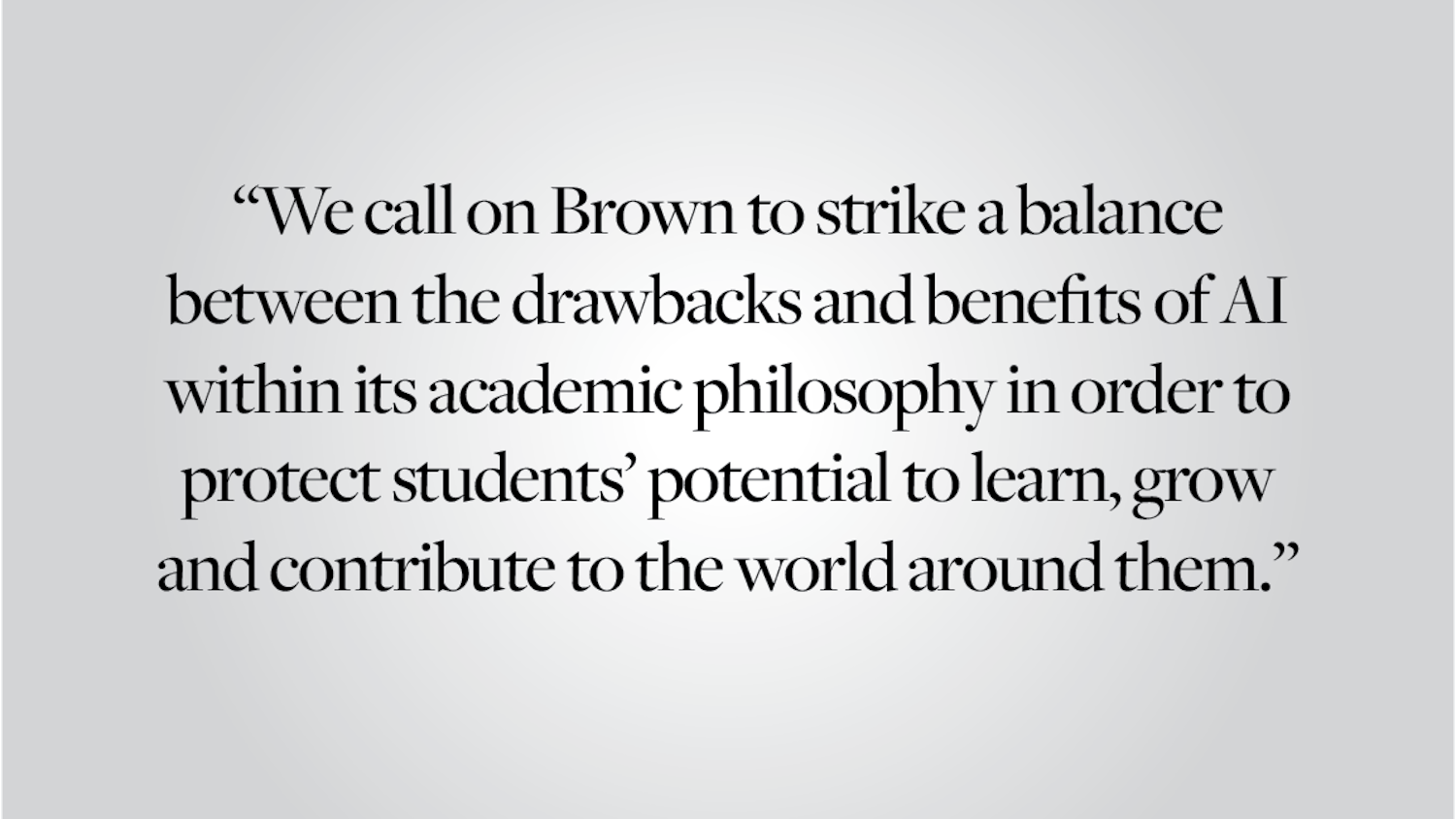Last week, sociology professors Richard Arum and Josipa Roksa made national news with a provocative op-ed in the Chronicle of Higher Education, entitled "Are Undergraduates Actually Learning Anything?" The article previewed their book documenting some unsettling studies on undergraduate education. In the book, "Academically Adrift: Limited Learning on College Campuses," Arum and Roksa claim that colleges might not be the havens for academic development and civic engagement that they seem.
Arum and Roksa surveyed over 2,000 students at 24 four-year colleges of considerable geographic and academic diversity. The authors examined results from the College Learning Assessment, a standardized essay examination that tests writing and reading proficiency. An alarming 36 percent of survey respondents showed no improvement in their performance on the assessment between their freshmen and senior years.
That said, we have significant reservations about this study's applicability to Brown students. First, we are skeptical of the yardstick. While standardized tests are useful in creating a somewhat even metric, they should certainly not be taken as gospel. Arum and Roksa's dependence on just one standardized test is troublesome, and overlooks all university-wide assessments that would invariably test their conclusion. Some students do not test well, some essay examinations are subjective regardless of grading format and some days are just better than others for different students. Given this, producing conclusive findings based on a few hours of student testing is reckless and misleading.
Further, Arum and Roksa report a dearth of undergraduate reading-and-writing-intensive courses, both of which have a positive correlation with the assessment's results. But Brown has taken drastic measures to explicitly offer writing-intensive courses and create online writing portfolios that can be shared with advisers, among other developments that we applauded last Spring.
Further, Arum and Roksa's definition of "reading-intensive" courses is at least 40 pages a week, an amount that the average Brown class almost certainly requires.
One overlooked aspect of the study is Arum and Roksa's dismal statistic on civic engagement on college campuses. Thirty percent of recent graduates polled reported reading a newspaper "monthly or never." Though, in this information age, young people in particular get their news fix from various other sources, this statistic is distressing. Colleges and universities have an obligation to teach students that being educated citizens is crucial to becoming responsible members of society. Given this statistic, we would like to emphasize again the importance of continuing to offer the Providence Journal and the New York Times in the Ratty, even in this period of fiscal belt-tightening. As Arum asked in an interview with the Chronicle, "How do you sustain a democratic society when large numbers of the most educationally elite sector of your population are not seeing it as a normal part of their everyday experience to keep up with the world around them?"
Given the less-than-conclusive and limited findings of the study, we would encourage the Chronicle of Higher Education to perhaps be a bit more tactful. The headline that made it to the New York Times — "Are Undergraduates Really Learning Anything?" — is both hyperbolic and irresponsible. We are certain that Brown students will continue to prove that undergraduates — at least on College Hill — are engaged and learning quite a lot.
Editorials are written by The Herald's editorial page board. Send comments to editorials@browndailyherald.com.




